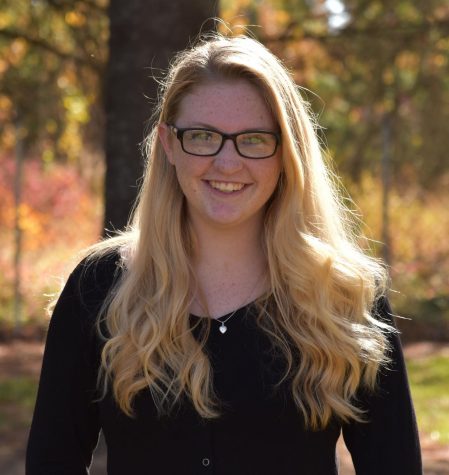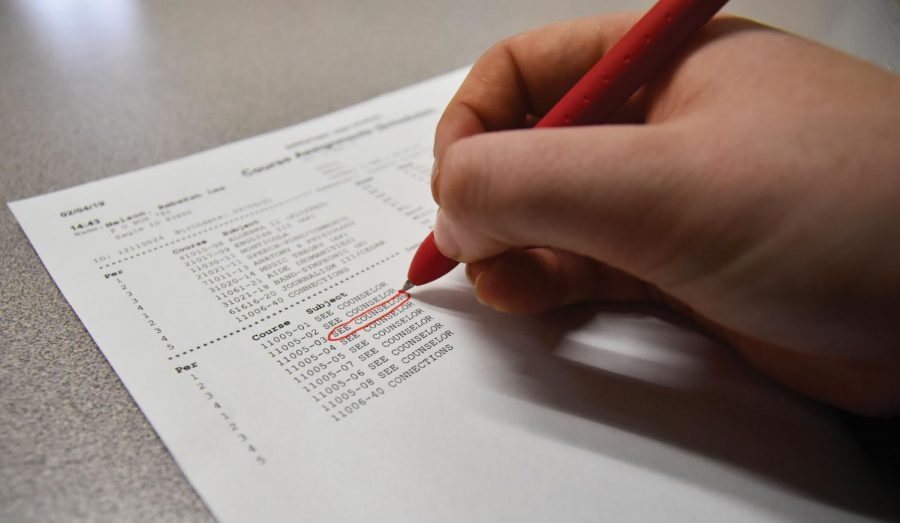CLASSES VS. SCHEDULES
The struggles students face fitting classes into their schedules
Each spring semester, students sign up for their classes for the school year ahead, hoping every class fits into their schedule. By the time fall comes around, students may wish to switch classes but are unable to because spots are full.
When classes are first signed up for, students’ schedules are sent through an algorithm that creates a “student centered master schedule,” counselor Cindy Albertson said.
Albertson went on to explain how the program is based on student preference and once students set their schedule it works perfectly, until students start coming in and changing their schedules.
Rearranging classes after a schedules is initially created, may come at the expense of a well-balanced class schedule.
This struggle is recurring each year, but it all starts in 8th grade over at the Middle School. The four year plans every student is required to fill out is the starting basis for this program, the result of a careless sign-up is actually reflected onto every other student at the high school.
Another aspect of this yearly predicament are the resulting class sizes. More often than not, the classes that are deeply affected are the Foreign Languages, and Sociology. In the case of taking a language, usually the beginning two years are the most full, but as the language gets more in depth and challenging, students tend to stop taking that language, making those last two years in the class smaller, and usually harder to schedule around since the class becomes offered during only one period.
In the instance of Sociology, the class is normally a larger class, but this is chosen by preference of the teacher, the larger class size in this matter enhances the lessons of the class. Mr. Fitchett’s Sociology enjoys having the larger classes, 35 to 40 kids, it helps with the whole experience of the class,” Albertson said.
Sandpoint High School switched to the block system 13 years ago, mainly to resolve the issue of making students chose between one class or another. Instead of trying to squeeze all of these same opportunities into a 8 period day, including every AP, Honors, Dual Credit, and elective, breaking the classes into A-day and B-day sections helped to open up many more opportunities for students to take the electives and core classes they wanted.
“There’s always going to be schedule conflicts, my advice is to be adaptable and be patient, and know that there’s a great rolling stone song: You don’t always get what you want” but sometimes you get just what you need, and you can learn something from every class,” Albertson said.

Rebekah Nelson is a junior and it is her first year on staff. Here are some fun facts about Rebekah.
What takes up too much of your time?
Figuring...










